This is a question that's giving me a lot of trouble, but which I need to understand for my Final Exam in 2 weeks. I don't know if it's the wording, but I have no idea how to arrive at a concrete answer. Here's the question:
"Bob plans to make changes to the mechanism of LC-3 TRAP instructions. He has two ideas: Make use of the bit [8:11] of TRAP instructions. The first instruction of the trap routine is stored at the address specified in the TRAP instruction, rather than the starting address of the trap routine. In his new design, he still wants to implement as many TRAP routines as the original LC-3 TRAP. Calculate on average how many lines of instructions each TRAP routine will have in his new design."
I know TRAP has 3 fundamental TRAP Vectors, x20, x25, and x23? What does the "how many lines of instructions" even mean?
